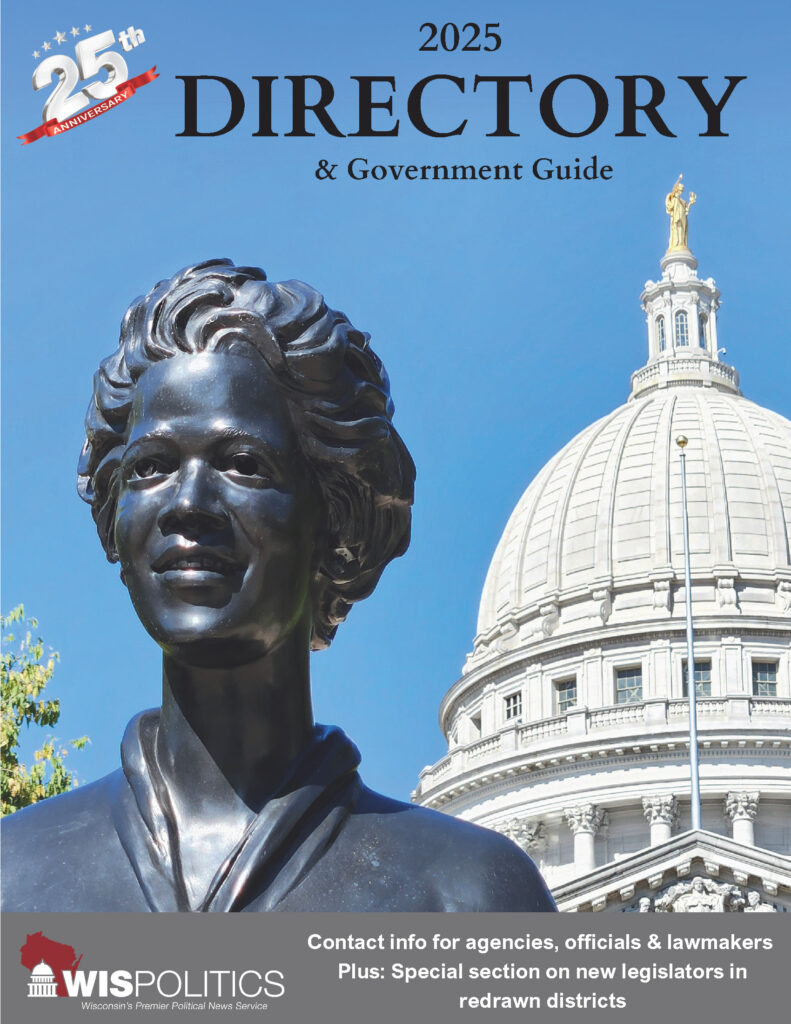After retaining robust budget reserves the last five years, Wisconsin leaders are trading much of that fiscal cushion for an “all of the above” state budget that cuts income taxes, increases special education aid to schools, and boosts funding for transportation projects, child care, and the University of Wisconsin System.
The Wisconsin Policy Forum’s analysis finds the state’s next fiscal plan – ...
Please log in to access subscriber content.
If you don't have a subscription, please contact schmies@wispolitics.com for subscription options on the WisPolitics-State Affairs platform, which is the new home for WisPolitics subscriber products.


